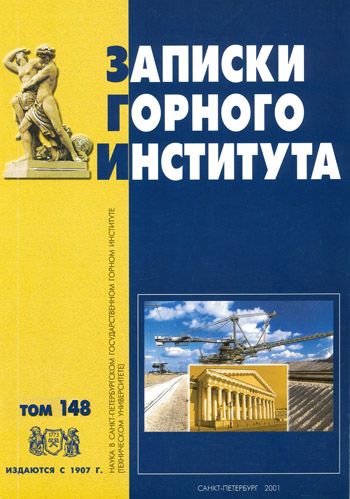Development of technical means to improve the safety of blasting operations in mines, hazardous in gas and dust
- Interdepartmental Commission on Explosives under the Academy of Mining Sciences (AMS)
Abstract
Conducting blasting operations in coal mines, hazardous gas or dust, is fraught with the danger of initiating an ignition and explosion of methane-air mixture and coal dust. This is due to the fact that the methane sorbed by coal from the rock mass destroyed by the explosion is released into the worked-out space. The mixture of methane and air formed in this case comes into contact with gaseous and solid high-temperature products of the explosion. An even greater danger is posed by the burnout of undetonated explosive remnants. Deflagration of explosive remnants after blasting off for a long time is a source of ignition with the intense growth of methane concentration in the mine working. Exactly the latter was the main reason of big accidents in mines related to methane ignition, as the direct effect of blasting works was restrained by the use of explosives and fulfillment of measures in accordance with safety regulations. Of all registered cases of methane and coal dust explosions in workings in the mines as a whole on the share of blasting works accounts for 46.2%, including preparatory mine workings - 74.1%.
